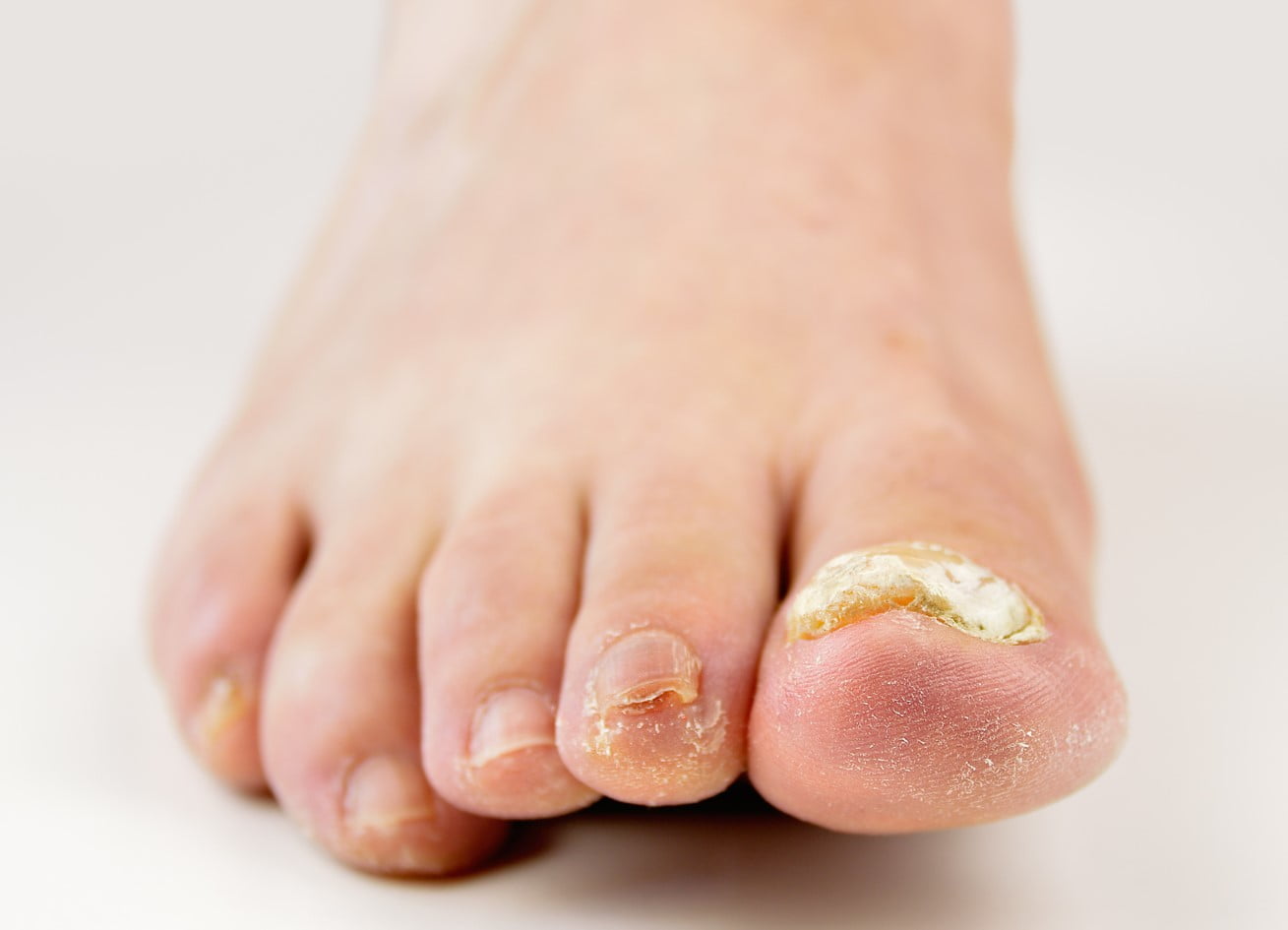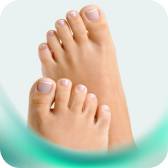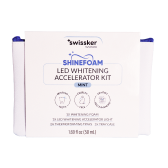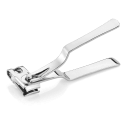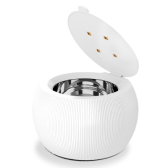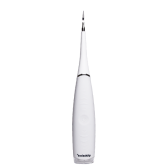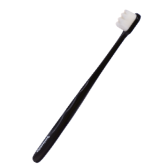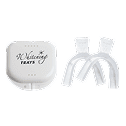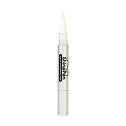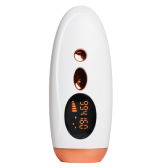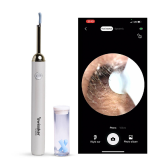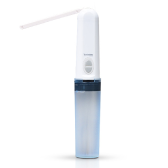As we journey through our golden years, our bodies undergo numerous changes, and our toenails are no exception. You’re certainly not alone in this – did you know that, according to a study published in the Journal of the American Podiatric Medical Association, about half of the people over 70 experience some form of toenail thickening? It’s called onychauxis in medical terms, but let’s keep things simple and call it what it is – thick toenails. If you’ve noticed your toenails becoming thicker, harder to trim, or changing in appearance, you’re not alone, and understanding the root causes is the first step towards effective management.
I remember when Mrs. Johnson, a lovely 68-year-old patient of mine, came in worried about her toenails. She thought it was just a natural part of aging that she had to accept. But as I explained to her, and as I’m about to share with you, there’s much more to the story. Understanding what causes thick toenails and why this happens is the first step to managing it effectively.
So, let’s talk about your toenails. They’ve been with you your whole life, growing slowly but surely.
Did you know it takes a toenail about 12 to 18 months to replace itself fully? That’s quite a journey for such a small part of our body! As we age, this growth slows down, and other changes occur that can lead to thickening. But age isn’t the only factor at play here.
Understanding Toenail Anatomy and Growth
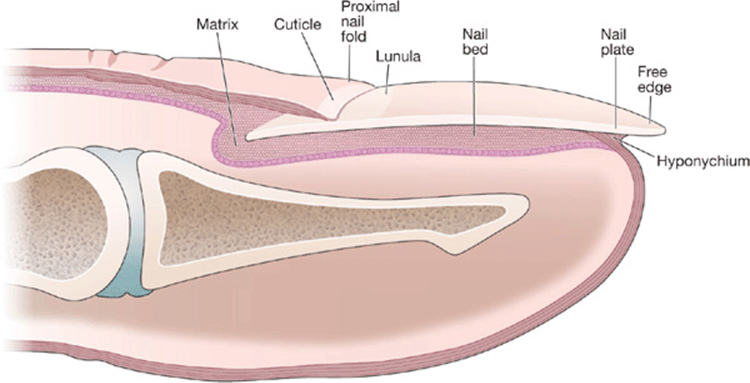
Before we dive into the causes, let’s take a moment to understand the structure of your toenails. Think of your toenail as a protective shield for your toes. It’s made up of layers, much like a very thin, hard sandwich. The part you see and trim is called the nail plate. Beneath that is the nail bed, which is the skin under your nail. At the base of your nail is the matrix – that’s where the new nail cells are born.
The Toenail Growth Cycle
As we age, several changes occur in our nails. The growth rate slows down, which means the nail is exposed to the environment for a longer time before it’s replaced. Blood circulation to our toes decreases, which can affect nail health. The composition of the nail itself changes, making it more prone to thickening.
Primary Causes of Thick Toenails in Seniors
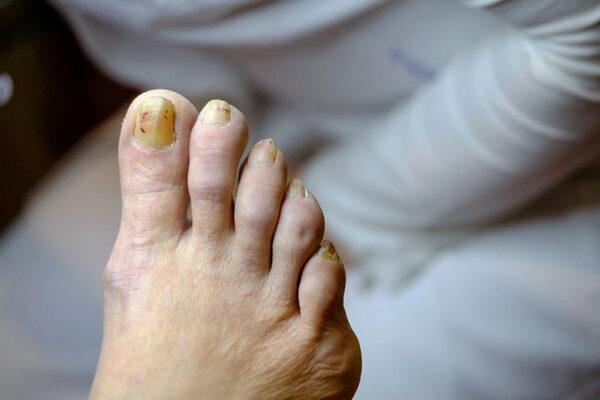
Now, let’s talk about why your toenails might be thickening. There are several reasons this can happen:
- Natural Aging Process: Just like our skin wrinkles and our hair grays, our nails change with age too. They naturally become thicker and more brittle. This is partly due to reduced blood flow to your toes and that slower growth rate I mentioned earlier. Years of exposure to the environment also play a role.
- Repeated Trauma or Injury: Think about all the miles your toes have walked! Years of wear and tear can lead to toenail thickening. Ill-fitting shoes are often culprits here. If you’ve been a runner or hiker, that repetitive pressure on your toes can cause changes over time. Even dropping heavy objects on your toes occasionally can contribute.
- Fungal Infections: This is a big one. In fact, about half of all nail abnormalities are caused by fungal infections. We call this onychomycosis. Your risk increases if you often have damp feet (like after a workout), if your immune system isn’t as strong as it used to be, or if you have poor circulation. Swissklip offers a great product to deal with fungal infections called the Anti-Fungal Stick.
- Medical Conditions: Certain health conditions can contribute to toenail thickening. Diabetes is a common one – it affects circulation and increases your risk of infections. Psoriasis can cause nail thickening and discoloration. Peripheral vascular disease, which reduces blood flow to your extremities, can also play a role.
Secondary Factors Contributing to Toenail Thickening
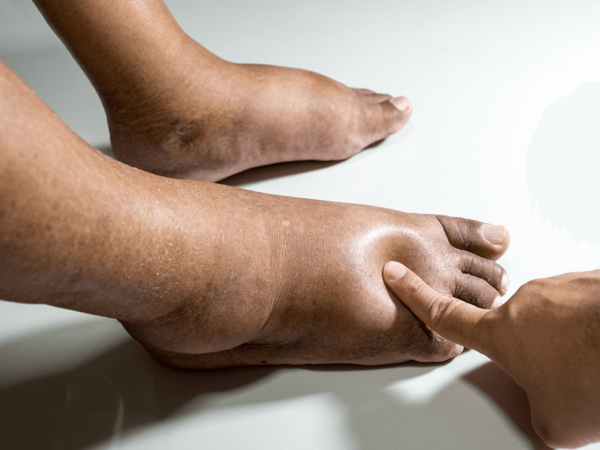
Beyond these primary causes, there are some other factors that can contribute to toenail thickening:
- Poor Circulation: As we age, our circulation often isn’t as robust as it once was. This means your toes might not be getting all the nutrients they need for optimal nail health.
- Nutritional Deficiencies: Your nails, like the rest of your body, need good nutrition to stay healthy. Lack of certain nutrients, like biotin, iron, or protein, can affect your nail health.
- Improper Foot Care: Sometimes, the way we care for our feet can contribute to nail problems. Infrequent trimming, cutting nails improperly, or ignoring early signs of infection can all play a role. To avoid improper foot care, read our article that explains how to cut thick toenails, especially for seniors.
- Ill-fitting Footwear: Shoes that don’t fit well can put pressure on your toenails, leading to thickening over time. They can also create a warm, moist environment that’s perfect for fungal growth.
Diagnosing the Cause of Thick Toenails
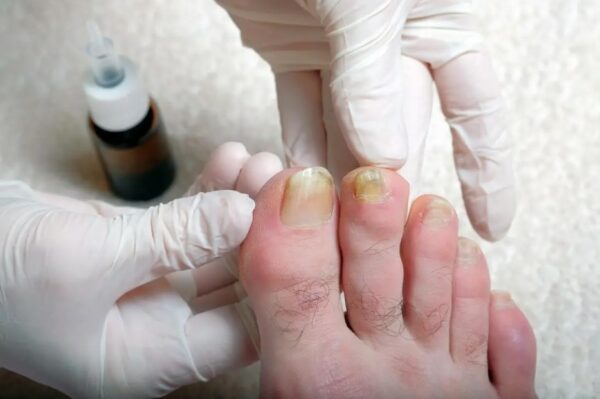
Now, you might be wondering how to figure out what’s causing your thick toenails. While I always recommend seeing a professional for a proper diagnosis, there are some things you can observe on your own:
Take a close look at your nails. What color are they? Are they discolored or yellowed? This could indicate a fungal infection. Do you notice any pain, odor, or other symptoms? Think about any recent changes in your lifestyle or any injuries you might have had.
If you’re experiencing persistent nail thickening, pain, signs of infection like redness or swelling, or if you notice changes in your nail color or texture, it’s time to see a healthcare professional.
We have several ways to diagnose the cause of thick toenails, including visual examination, nail clipping analysis, fungal culture, and sometimes blood tests to check for underlying conditions.
Health Implications of Thick Toenails
Thick toenails aren’t just a cosmetic issue. They can cause real problems if left untreated, that’s why we share with you a comprehensive guide on how to treat thick toenails.
You might find it difficult to wear shoes comfortably, or you could be at increased risk for ingrown toenails. Thick nails can even affect your balance and the way you walk.
There’s also an increased risk of infections. Thickened nails can create gaps where bacteria and fungi can enter. This puts you at higher risk for conditions like cellulitis.
Maintaining proper foot hygiene becomes more challenging with thick toenails, which can lead to other foot health issues. And let’s not forget the psychological impact – many of my patients feel embarrassed about the appearance of their nails, which can lead to decreased social activities.
FAQs About Thick Toenails
Q: Why are my toenails so thick?
A: Toenail thickening can be due to various factors, including aging, trauma, fungal infections, or underlying health conditions. A combination of these factors is often responsible.
Q: Why do toenails get thick with age?
A: As we age, our nails grow more slowly and are exposed to more environmental factors. This, combined with reduced circulation and natural changes in nail composition, can lead to thickening.
Q: Can thick toenails be reversed?
A: While complete reversal may not always be possible, significant improvement can be achieved with proper treatment and care, depending on the underlying cause.
Q: How can I prevent my toenails from thickening?
A: Maintain good foot hygiene, wear properly fitting shoes, address any underlying health conditions, and ensure a balanced diet rich in nutrients essential for nail health.
Q: Are thick toenails always a sign of fungal infection?
A: Not necessarily. While fungal infections are a common cause of thick toenails, other factors like aging, trauma, or medical conditions can also lead to nail thickening.
Prevention Strategies
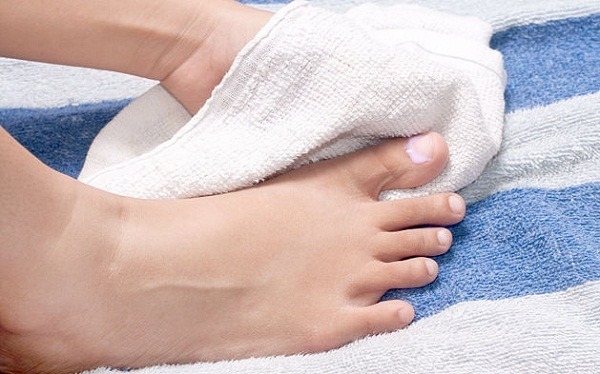
The good news is, there’s a lot you can do to prevent toenail thickening or manage it if it’s already occurring. Here are some strategies I recommend to all my patients:
- Establish a proper foot care routine. This includes regular nail trimming (about every 6-8 weeks) using a Heavy Duty toenail clipper like Swissklip’s, keeping your feet clean and dry, and using a good moisturizer on your nails and cuticles.
- Pay attention to your nutrition and hydration. A balanced diet rich in biotin, iron, and protein can support nail health. And don’t forget to stay well-hydrated!
- Choose your footwear wisely. Wear shoes that fit properly and allow your toes to move. Opt for breathable materials like leather or canvas. Using an antifungal powder in your shoes can also help prevent fungal infections.
If you have any underlying health conditions, like diabetes or circulatory issues, it’s crucial to manage these well. Treat any skin conditions that might affect your nails promptly.
Remember, every person is unique, and what works best can vary from individual to individual. That’s why it’s so important to consult with a healthcare professional if you’re concerned about your toenails. Healthcare professionals can develop a personalized care plan that takes into account your specific needs and health conditions.
In my years of practice, I’ve seen many patients transform their nail health with the right care and attention. It’s never too late to start taking better care of your feet and nails. Your feet have carried you through life – they deserve some TLC in return!
If you’re noticing changes in your toenails, don’t hesitate to reach out to a foot care specialist. Early intervention can prevent complications and ensure your feet remain healthy and comfortable.
After all, healthy feet contribute to better mobility, independence, and overall quality of life. And isn’t that what we all want in our golden years?
Dr. Mark Griffin is a board-certified dermatologist with over 20 years of experience specializing in nail health. He is the author of bestselling books on nail care and runs a popular blog dedicated to helping people achieve optimal nail health.
How We Reviewed This Article
SOURCES Swissklip blog articles use only high-quality sources, including peer-reviewed studies, to support the facts within our articles. Here are our sources on how we fact-check and keep our content accurate, reliable, and trustworthy. This article is based on scientific studies, expert opinions, and reputable health organizations.
Key sources include:
- Abdullah L, Abbas O. (2010). Common nail changes and disorders in older people: Diagnosis and management. Can Fam Physician. 2011;57(2):173-181.
- Sano H, Shionoya K, Ogawa R. Foot loading is different in people with and without pincer nails: A case control study. J Foot Ankle Res. 2015;8(1):43. doi:10.1186/s13047-015-0100-y
- Stathokostas L, McDonald MW, Little RMD, Paterson DH. Flexibility of older adults aged 55–86 years and the influence of physical activity. Journal of Aging Research. 2013;2013:1-8. doi:10.1155/2013/743843
- Westerberg DP, Voyack MJ. Onychomycosis: Current trends in diagnosis and treatment. AFP. 2013;88(11):762-770.
HISTORY This article was written by Dr. Mark Griffin, reviewed by our medical team, and published on July 25, 2024. We regularly update our content to reflect new research and ensure its accuracy and relevance.



